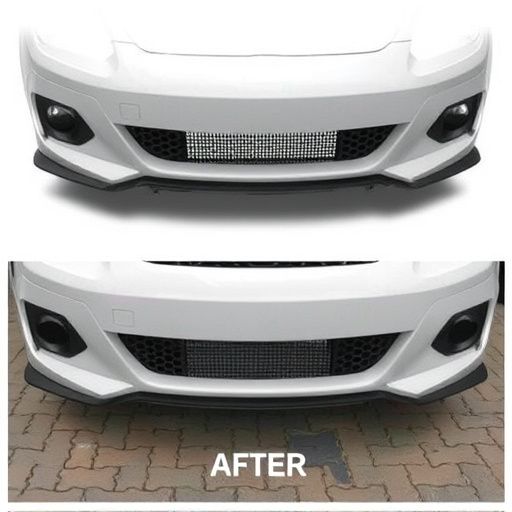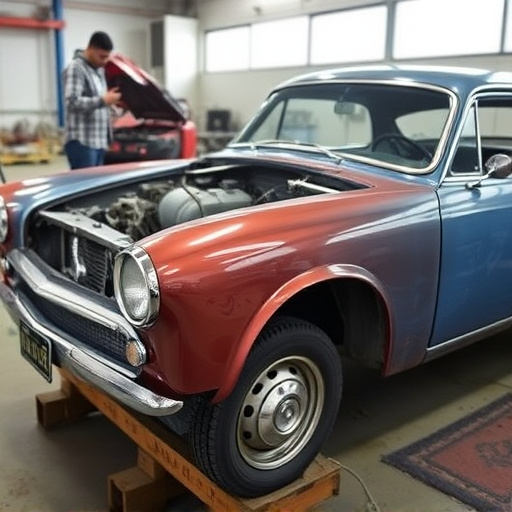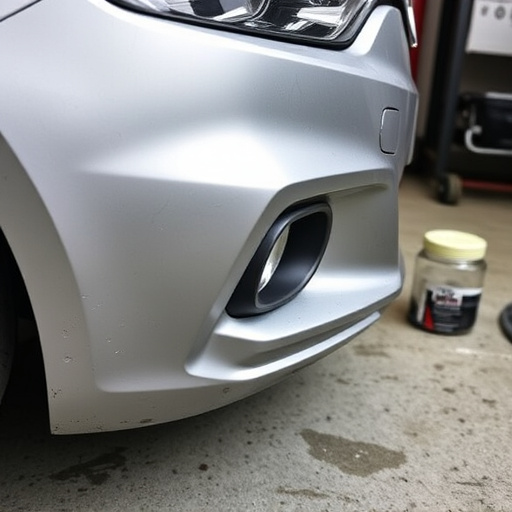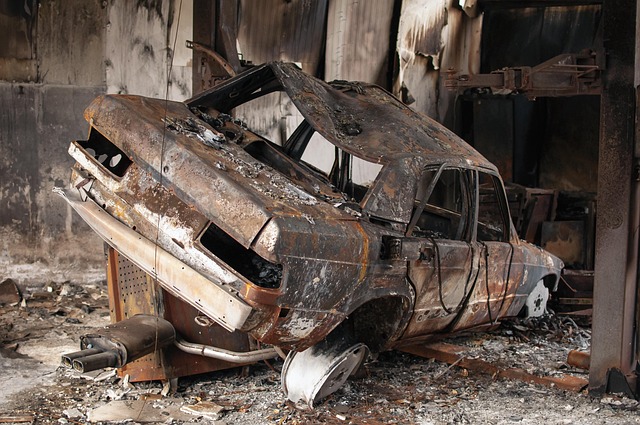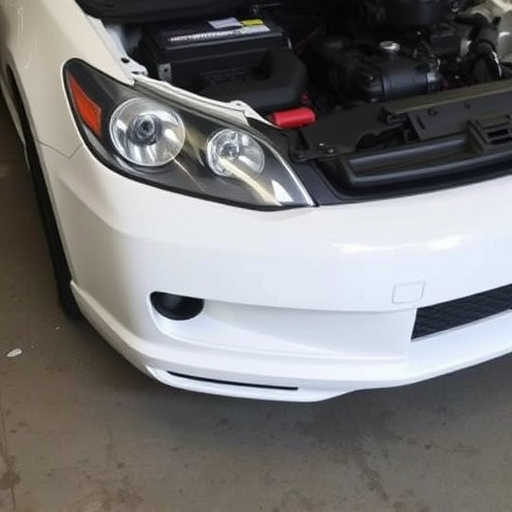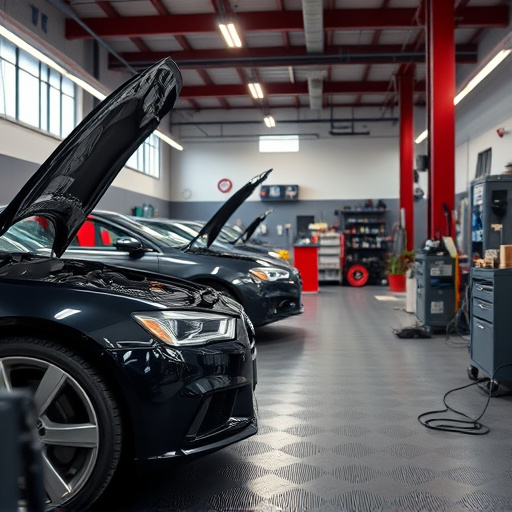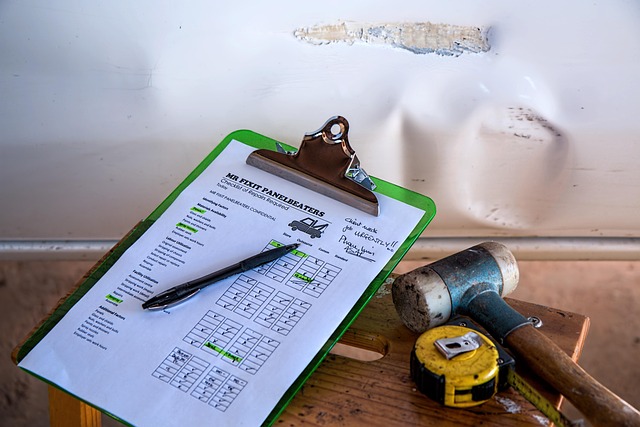The auto body repair process begins with a comprehensive damage assessment using advanced tools like 3D scanners and pressure tests. Technicians meticulously disassemble damaged parts and employ tailored repair strategies from spot repairs to replacements. Rigorous quality control measures including moisture detection ensure structural integrity and a flawless, reliable finish.
In the intricate world of auto body repair, technicians play a pivotal role in transforming damaged vehicles into operational masterpieces. This article delves into the meticulous process these experts navigate, beginning with assessing damage using advanced techniques for a comprehensive analysis. It then explores strategic repair methods, from initial estimation to final restoration. Furthermore, it highlights quality control measures, emphasizing the commitment to delivering exceptional results and satisfying customer expectations in every auto body repair process.
- Assessing Damage: Techniques for Comprehensive Analysis
- Repair Strategies: Steps from Estimation to Restoration
- Quality Control: Ensuring Optimal Results and Customer Satisfaction
Assessing Damage: Techniques for Comprehensive Analysis

In the intricate auto body repair process, technicians employ advanced techniques to assess damage across various vehicle surfaces. This initial step is pivotal as it dictates the scope and complexity of subsequent repairs. They begin by meticulously examining the car from all angles, looking for dents, cracks, or any signs of structural compromise. Using specialized tools like digital measuring devices and 3D scanning technology, they capture detailed images and data, enabling a comprehensive analysis.
These techniques go beyond visual inspection to include non-destructive testing methods, such as ultrasonic scans and pressure tests. For instance, in assessing a car scratch repair or vehicle collision repair, technicians might employ ultrasonics to detect subtle internal damage not immediately apparent on the surface. This holistic approach ensures that every aspect of the vehicle body shop’s repair is accurate and aligned with safety standards, ultimately delivering top-notch results.
Repair Strategies: Steps from Estimation to Restoration

The auto body repair process involves a meticulous series of steps, each crucial in achieving flawless vehicle restoration. Technicians begin by assessing the damage, utilizing their expertise to estimate the scope of work required. This initial phase sets the foundation for the entire restoration, ensuring that every detail is accounted for. Once the estimation is finalized, the real work begins.
The process flows from estimation to disassembly, where technicians carefully remove damaged panels and components, preparing them for repair or replacement. This step-by-step approach ensures precision and accuracy in autobody repairs. Following disassembly, skilled technicians employ various repair strategies tailored to the specific needs of each vehicle. These strategies encompass everything from simple spot repairs to complex panel replacements, all aimed at restoring the automotive body shop’s original integrity and aesthetics.
Quality Control: Ensuring Optimal Results and Customer Satisfaction

In the auto body repair process, quality control is a crucial step that technicians meticulously perform to ensure optimal results and customer satisfaction. Skilled technicians inspect every detail of the vehicle restoration, from panel alignment to paint consistency, using advanced tools and equipment designed for precision. They verify that all auto body repairs meet industry standards and adhere to manufacturer specifications, ensuring a flawless finish.
This meticulous approach goes beyond simple visual inspection. Technicians employ techniques like pressure washing, sandblasting, and moisture detection to identify any underlying issues or imperfections hidden beneath the surface. By implementing these rigorous quality control measures, they guarantee that the automotive collision repair is not just visually appealing but also structurally sound, providing customers with a safe and reliable vehicle.
The auto body repair process involves a meticulous approach, from assessing damage using advanced techniques to implementing effective repair strategies and upholding stringent quality control measures. Technicians play a pivotal role in each step, ensuring optimal restoration and customer satisfaction. By leveraging modern tools and adhering to precise procedures, they transform damaged vehicles into like-new conditions, highlighting the art and science behind auto body repair.
